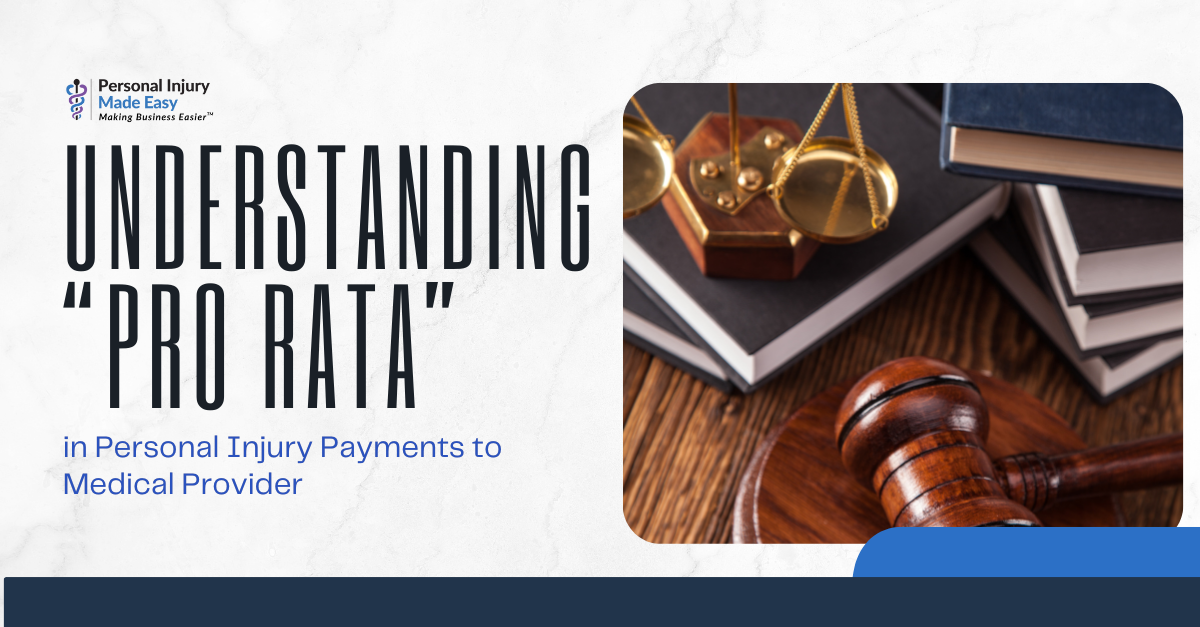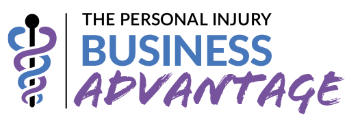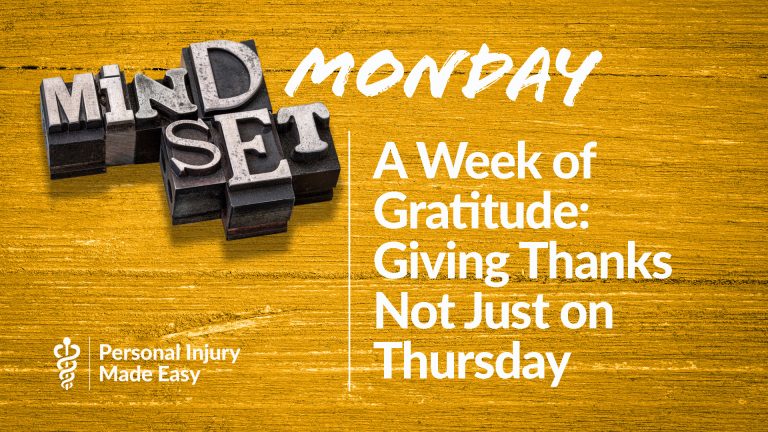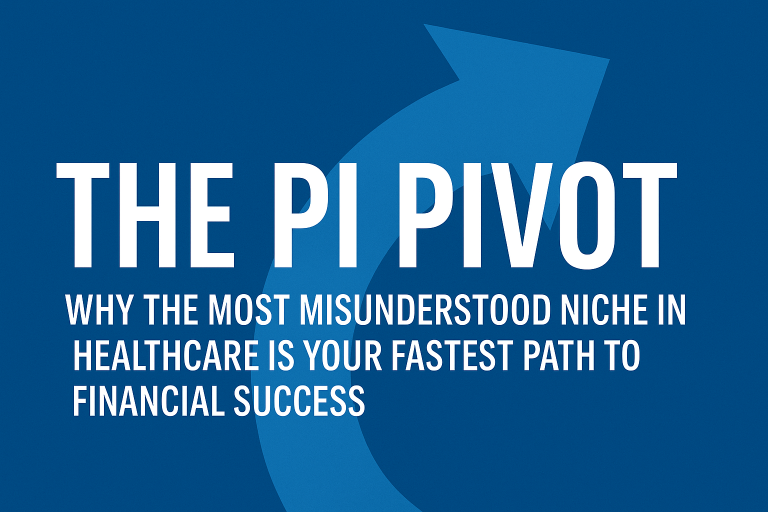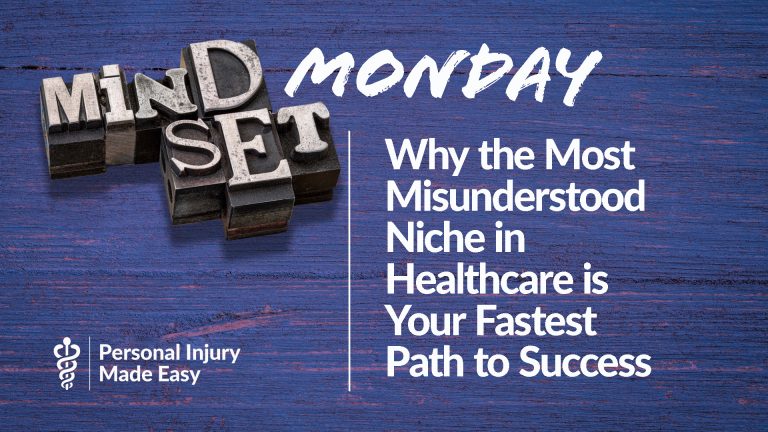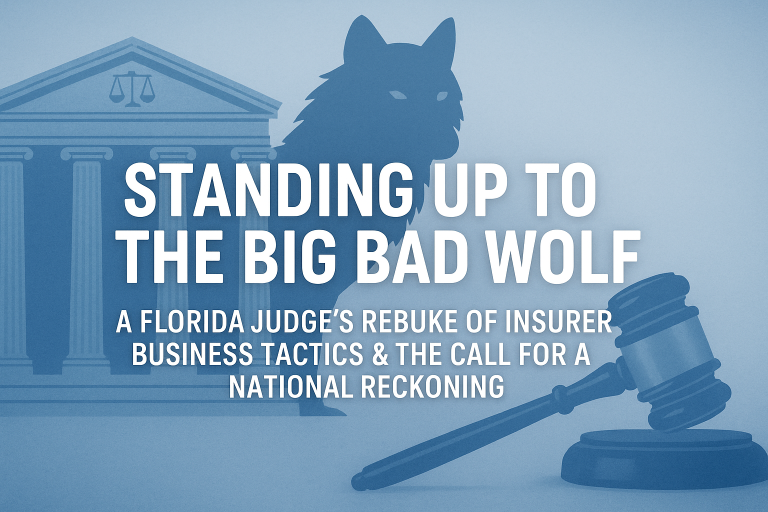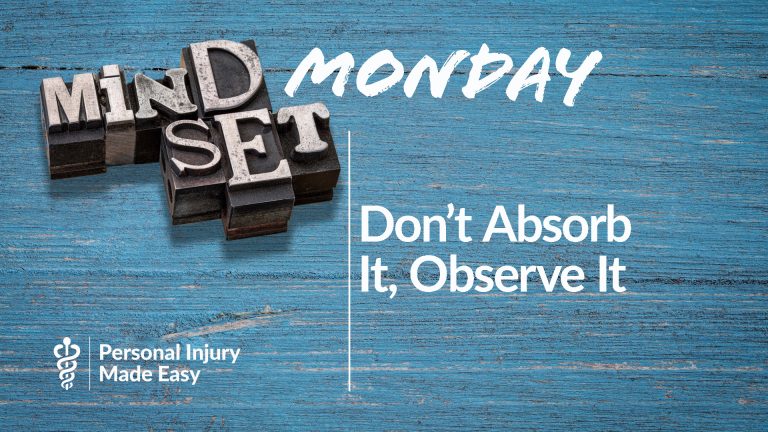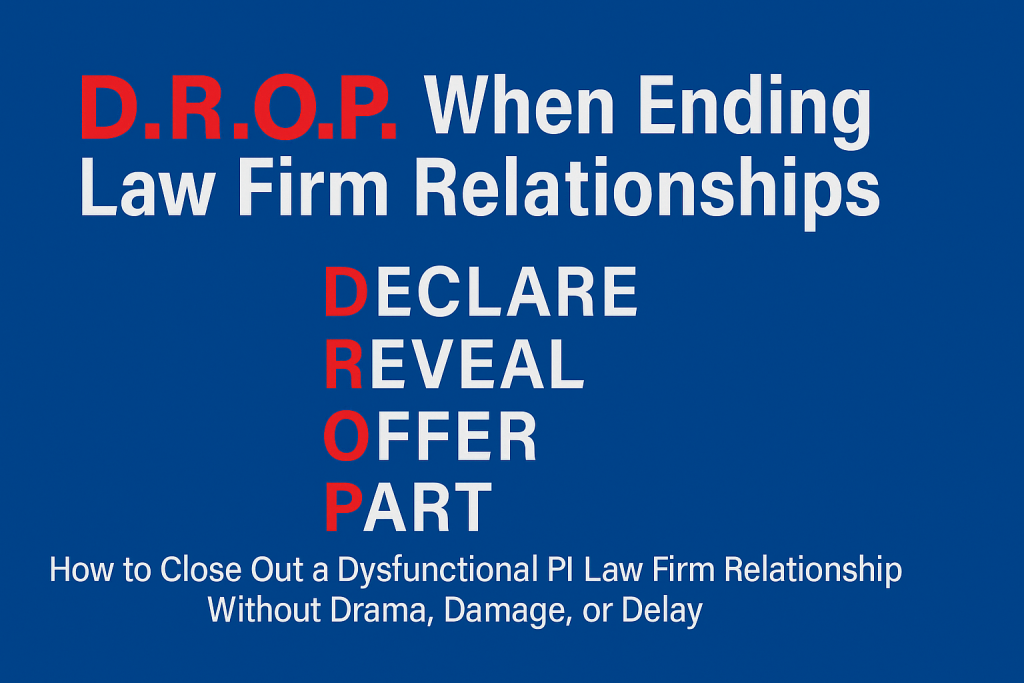
D.R.O.P. Them: Ending Law Firm Relationships Without Burning Bridges
How to Close Out a Dysfunctional PI Law Firm Relationship Without Drama, Damage, or Delay
As medical providers in the personal injury (PI) space, you walk a high-wire act.
You care for patients with real injuries, trust law firms to do right by those patients—and by you and your peers—and treat and heal without payment up front, based on good faith, professional alignment, and (hopefully) legal protections.
But what happens when that faith fades?
What happens when the same law firm always seeks to slash your bill even when the PI case hits it big, or always being overly aggressive and insulting to your team and your skill, or acts unethically in a way you simply cannot condone? Or, when every bill negotiation turns into a battle? Or, when you feel disrespected, manipulated, or just plain ignored all the time?
My first suggestion is not to give these law firms a break. They don’t deserve it. Maximize your bill pay directly, or even better, separate yourself from the hassle and outsource to a negotiation’s expert such PI Billing Pros that I personally run.
My second suggestion is, regardless of how you approach being paid when reality sets in, it’s time for you to end this either unprofitable or stress-filled relationship. And the tool for ending law firm relationships is a four-part framework I call D.R.O.P.
Because sometimes, you’ve got to end the current relationship to protect your patients, your practice, your margins, and your mission.
Ending relationships, whether in your business or personal life, isn’t easy. It’s usually awkward so we prefer to avoid it. And when we do seek to end things, we often do it poorly as many lie, mislead or attack. As a result, bridges are burned or regret takes over.
The D.R.O.P. framework is different. It’s a kinder, gentler, and easier way.
Let’s walk through how you can D.R.O.P. law firm relationships without burning bridges or compromising your standards.
D.R.O.P. — A Strategic Exit Framework for Medical Providers
D – Declare the Moment
Start with clarity. Set the tone. Name the discomfort.
This is not a friendly check-in. This is a structural pivot. And the person on the other side deserves to know that up front.
The technique used is called labeling. You label the conversation for what it is:
“This conversation may be uncomfortable.”
“I know this isn’t easy to hear, but it’s important.”
“We’ve hit a point where we need to talk honestly about how we’re working together.”
Labeling the conversation removes the surprise. It doesn’t make it painless, but it makes it clean.
R – Reveal the Truth
Get to the point. Quickly. Respectfully. Firmly.
This is where most providers stumble. They lead with gratitude, hoping to soften the blow. But what happens? The law firm thinks it’s just business as usual. Or worse, they use the praise to argue against your position.
Instead, say what needs to be said:
“This referral relationship no longer works for us.”
“The way our bills and liens are handled is not sustainable.”
“We’ve seen a pattern in the last several cases that has led us to make a change.”
Use “I” statements. Own your experience. Don’t explain their behavior, just state how it impacts you and your business.
O – Offer the Good
Now that the message is clear, you can acknowledge what’s been positive.
“We’ve appreciated the trust you placed in us.”
“There have been some positive payment outcomes, just not enough.”
“I’m grateful for the patients we’ve been able to help through this relationship.”
But remember: This isn’t a thank-you card. It’s a wrap-up. Keep the compliments concise and sincere, and do not follow them with, “but…”
Never dilute your boundary by padding it with praise.
P – Part with Grace
End the conversation with finality and respect.
“While we can’t continue our relationship in its current form, I truly wish you continued success.”
“We’ll honor any remaining obligations we have on current patient matters, but we won’t be accepting new clients of your firm’s moving forward.”
“If the firm’s policies evolve in the future, I’m open to revisiting this, but at this time, we’re stepping back.”
This is your exit. Make it clear, kind, and non-negotiable.
In Summary
You became a medical provider to heal. To help. To serve.
You are also a business, needing to protect staff, patients and profits.
And part of protecting your ability to do that all is knowing when to draw the line.
Ending a law firm relationship isn’t emotional, it’s operational.
And by using the D.R.O.P. framework, you don’t burn bridges. You build boundaries.
- Declare the moment
- Reveal the truth
- Offer the good
- Part with grace
This is how professionals exit dysfunctional relationships with dignity, and make room for new ones that respect their expertise, their time, and their impact.
So, when the legal side no longer holds up its end of the medical-legal relationship?
Don’t delay. Don’t deny. Be deliberate.
Just D.R.O.P. it. D.R.O.P. them.


